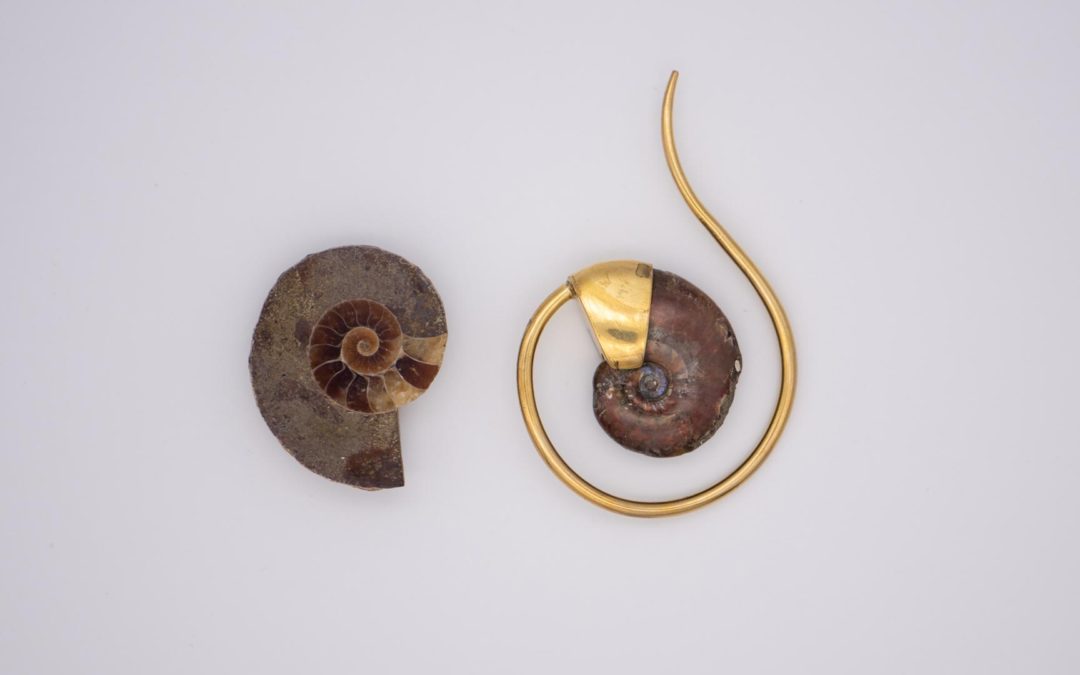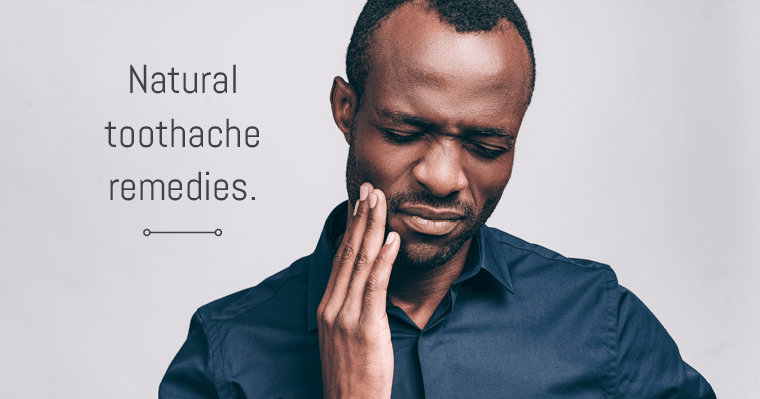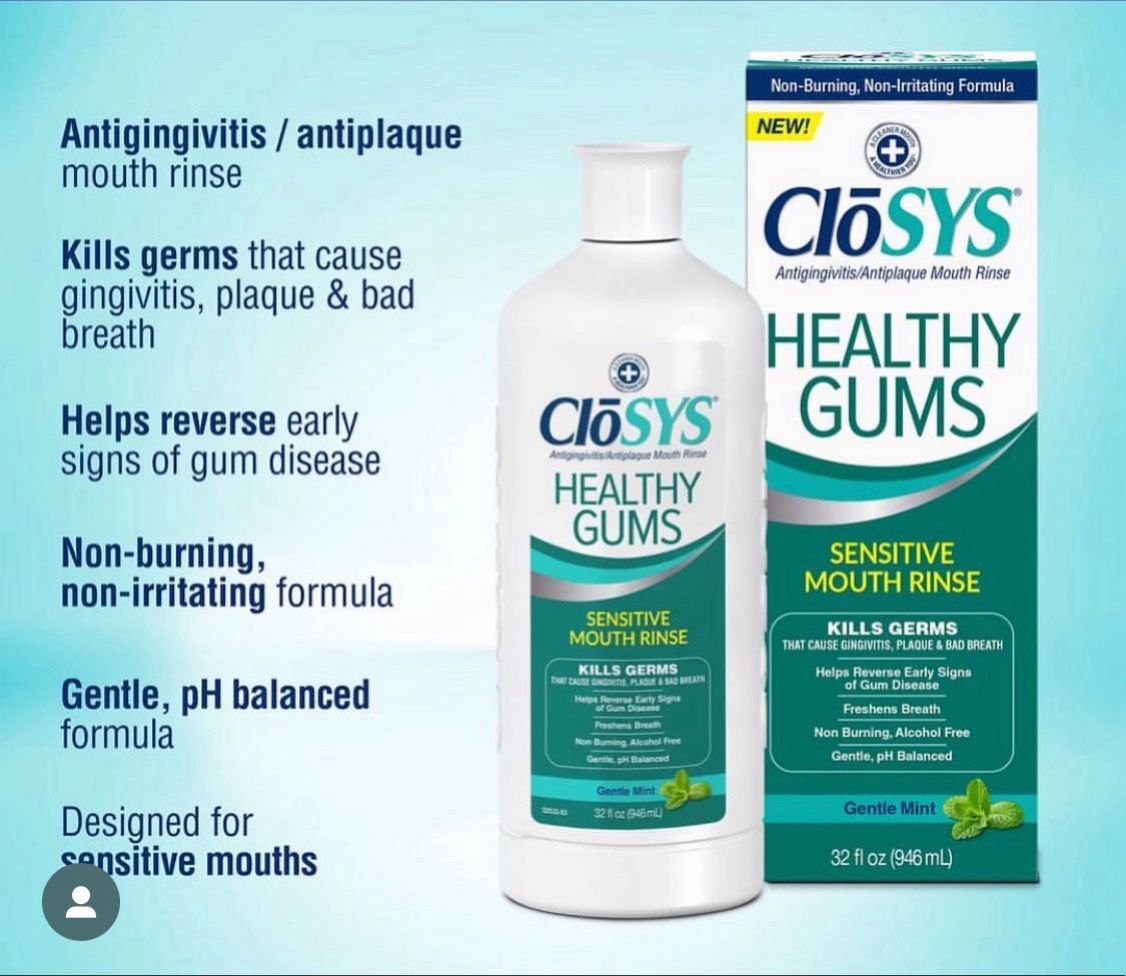Piercing Healing Times

The process of healing from a piercing involves several stages, from the initial inflammatory response to the final stages of tissue remodeling. Understanding these stages and the typical healing times for different types of piercings can help individuals properly care for their new piercings and minimize the risk of complications.
Initial Stage (0-3 days)
During the initial stage, the body reacts to the piercing as it would to any injury, with inflammation being the primary response. This stage is crucial as it sets the foundation for the healing process. Proper aftercare, such as saline soaks and avoiding tight clothing that may irritate the piercing, is vital during this period.
Inflammatory Phase (0-72 hours)
The inflammatory phase is a critical part of the healing process. It’s characterized by redness, swelling, and sometimes discharge. This phase is essential for cleaning the wound and preparing it for the healing process. It’s crucial to follow aftercare instructions carefully to prevent infection and promote a healthy environment for healing.
Proliferation Phase (3-21 days)
Following the inflammatory phase, the proliferation phase begins. During this stage, the body starts to rebuild tissue. Granulation tissue forms, which is a mix of collagen, blood vessels, and other cells that help to close the wound. For piercings, this phase is particularly important as it’s when the fistula (the tunnel of scar tissue that forms around the piercing) starts to develop.
Maturation Phase (21 days to 2 years)
The final stage is the maturation phase, where the newly formed tissue is strengthened. This phase can last from several months to two years, depending on the piercing location and the individual’s healing process. During this time, the piercing becomes less sensitive, and the jewelry can be safely changed without compromising the healing process.
Healing Times for Different Types of Piercings
Healing times can vary significantly depending on the type of piercing. Here’s a breakdown of typical healing times for various piercings:
- Earlobe Piercings: These are among the quickest to heal, typically taking about 6 to 8 weeks.
- Cartilage Piercings: Located on the harder part of the ear, these piercings take longer to heal, usually requiring 4 to 6 months.
- Navel (Belly Button) Piercings: Due to their location and the amount of irritation they can receive from clothing, navel piercings can take anywhere from 6 to 12 months to fully heal.
- Tongue Piercings: These heal relatively quickly, with most people experiencing full recovery within 4 to 6 weeks.
- Lip and Cheek Piercings: Healing times can vary, but generally, these piercings take 2 to 3 months to heal.
- Genital and Intimate Piercings: These can have some of the longest healing times, ranging from 4 to 10 months, depending on the specific location and the individual’s health.
Factors Influencing Healing Time
Several factors can influence the healing time of a piercing, including:
- Aftercare Practices: Proper cleaning and care can significantly reduce healing times and prevent complications.
- Jewelry Quality: High-quality, implant-grade jewelry can reduce irritation and facilitate healing.
- Individual Health: Overall health, including nutritional status and the presence of any underlying health conditions, can impact healing times.
- Location of the Piercing: As mentioned, different locations on the body have varying healing times due to factors like irritation and blood flow.
Complications and Their Management
While most piercings heal without major issues, complications can arise. These include infection, allergic reactions to the jewelry, and piercing rejection (where the body pushes out the jewelry). Managing these complications involves addressing the cause (such as changing jewelry or treating an infection with antibiotics), maintaining impeccable aftercare, and, in some cases, seeking professional help from a piercer or healthcare provider.
How long does it typically take for a piercing to heal completely?
+The healing time for piercings can vary significantly depending on the location and individual factors, but most piercings are fully healed within 6 to 12 months.
What are the most critical factors in promoting healthy piercing healing?
+Proper aftercare, including regular saline soaks and avoiding irritation, along with the use of high-quality jewelry and maintaining overall good health, are crucial for promoting healthy healing.
How can I identify if my piercing is infected?
+Signs of infection include increased redness, swelling, warmth around the piercing, thick yellow or green discharge, and sometimes fever. If you suspect an infection, it's essential to consult a healthcare provider or professional piercer for advice on treatment.
Conclusion
The healing process of a piercing is a complex and highly individualized journey. By understanding the stages of healing, being aware of the factors that can influence healing times, and taking proper care of the piercing, individuals can minimize complications and ensure a smooth recovery. Whether it’s an earlobe piercing or a more intimate piercing, patience, proper aftercare, and sometimes professional guidance are key to achieving full healing and enjoying the piercing for years to come.


